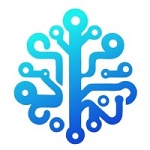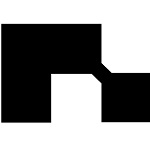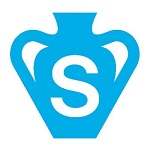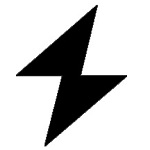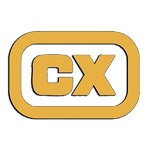Loopring is a decentralized protocol and platform that utilizes a Layer-2 solution to enable high-speed and low-cost transactions within the Ethereum ecosystem. It’s based on zk-Rollups technology, which aggregates multiple transactions into a single entry on the blockchain, reducing the load on the network. Loopring is the first to significantly boost transaction throughput and lower fees, making it appealing to DeFi users and decentralized exchanges.
Key Features of Loopring
- zk-Rollups: This technology bundles transactions and sends them to the Ethereum network in a single batch, significantly reducing transaction fees and increasing processing speed.
- Decentralization: Loopring offers a protocol for building decentralized exchanges (DEXs), allowing users to trade tokens directly without relying on a central platform.
- Fee subsidization: To assist users with Ethereum’s high fees, Loopring introduces mechanisms to temporarily subsidize transaction costs.
- ETH integration: Unlike many other Layer-2 solutions, Loopring allows ETH to be used as the primary currency for trading.
Advantages
- Transaction speed: zk-Rollups enable faster transactions compared to the main Ethereum network.
- Low fees: Transaction fees on the platform are significantly lower than on Ethereum, making it more accessible to users, especially during periods of high Ethereum prices.
- Security: Loopring employs cryptographic proof mechanisms, enhancing security and protecting against attacks.
- Flexibility and scalability: The protocol supports various tokens and can adapt to evolving ecosystem requirements.
- Decentralization: Loopring operates through a decentralized set of smart contracts, eliminating the need for intermediaries.
Disadvantages
- Complexity: Mastering the platform and technology can be challenging for users, especially for those unfamiliar with blockchain concept.
- Dependence on Ethereum: Loopring is subject to Ethereum’s limitations and fees, which may affect its performance during times of network congestion.
- Competition: The market for Layer-2 solutions is becoming increasingly competitive, and Loopring may face challenges from newer and more advanced platforms.
Why is Loopring Better than Other Solutions?
zk-Rollups technology not only accelerates transaction speed, but also lowers costs, which is crucial in times of high Ethereum network congestion. The decentralized exchange capability offers a significant advantage for users seeking greater security and control over their assets. Loopring is designed with DeFi’s long-term needs in mind and benefits from an active developer community.
Future Development
The platform continues to evolve, with a focus on improving the user interface and protocol features. Further developments aim to integrate a broader range of tokens, enable interaction with other DeFi applicationsб and improve developer functionality.
Impact on Layer-2 and DeFi
As a Layer-2 solution, Loopring significantly influences the DeFi ecosystem by improving accessibility and reducing transaction costs. With growing interest in DeFi, Looping could play a key role in attracting new users and further advancing decentralized financial instruments.
Loopring Token (LRC)
The LRC token, based on the ERC-20 standard, is used to manage the Loopring protocol and pay fees. Traders can also use LRC to get commission discounts. It is currently trading around the global support area of $0.1400.
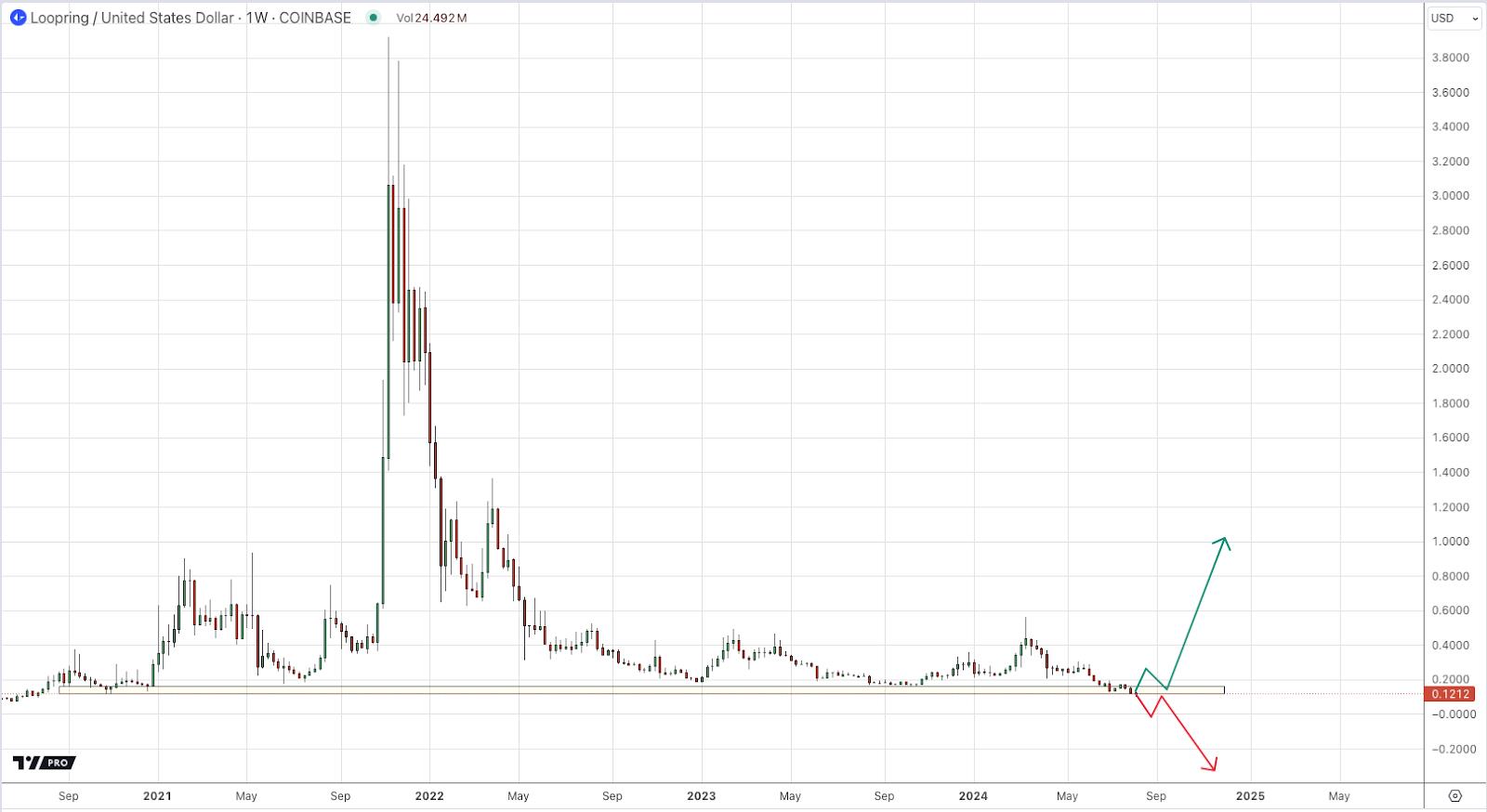
Loopring is a powerful Layer-2 solution that not only improves the speed and reduces transaction costs, but also offers decentralized exchange capabilities. Its unique features and advantages make it an important player in the DeFi and Layer-2 solutions ecosystem on Ethereum. With ongoing development and adaptation, Loopring has the potential to secure a significant role in the future of finance.

Disclaimer: The views expressed in this article are those of the author and may not reflect the views of the CryptoTotem team. This article is for informational purposes only and is not intended to be used as legal, tax, investment or financial advice. The author or the publication does not hold any responsibility, directly, or indirectly, for any damage or loss caused or alleged to be caused by or connected with the use of or reliance on any content, goods or services mentioned in this article. Readers should do their own research before taking any action on this matter.


